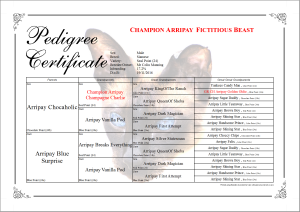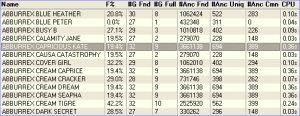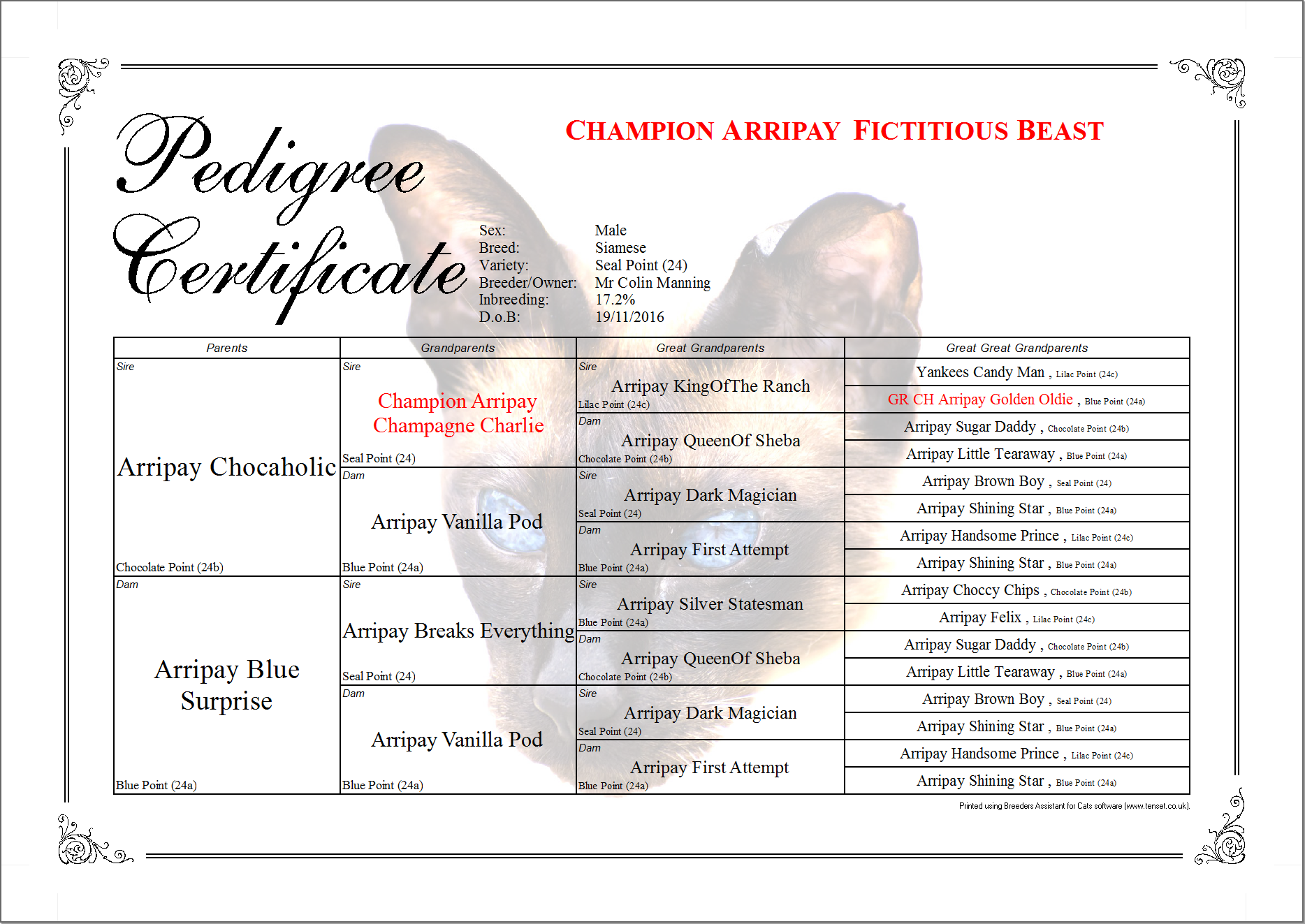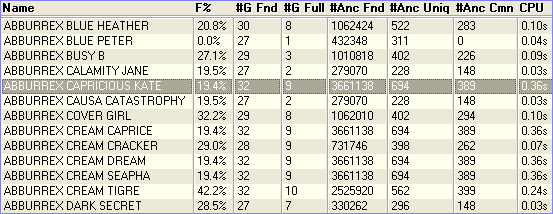Inbreeding
Inbreeding occurs when an individual has one or more common ancestors.
The term 'common ancestor' means an ancestor that is present at least once on both sides of an individual's pedigree. It does not mean an ancestor that just 'occurs a lot'.
When an individual has common ancestors, this raises the possibility that for any particular gene locus, both alleles present are in fact physical copies of the exact same allele from one of its common ancestors. The inbreeding coefficient is the value of this probability. Or, put another way, it is the probability that both alleles at any given gene locus are identical by descent.
The inbreeding coefficient as in common use today was first defined in 1922 in a paper by Dr Sewall Wright (Wright, S. "Coefficients of inbreeding and relationship. American Naturalist 56: 330-338, 1922"). For this reason it is often known as 'Wrights Inbreeding Coefficient'.
When an individual has no common ancestors (within the ancestry being considered), its inbreeding coeffficient is zero. The symbol 'F' is commonly used in scientific literature to mean an individual's inbreeding coefficient.
The inbreeding coefficient can be computed by hand only for relatively simple pedigrees. For deep pedigrees it can only realistically be done by computer. Calculating inbreeding for very large pedigrees is a computationally intensive process.
Pedigree Assistant can compute the inbreeding coefficient and include it in pedigrees and/or display it in the record list.
Inbreeding options within Pedigree Assistant include:
- Configurable number of generations of ancestors to include in the calculation (max 20).
- Configurable precision (number of decimal places reported).
- Whether to include the inbreeding coefficient on pedigrees (and also for each ancestor if you want).
- Generation of related information including: (i) the depth at which the furthest ancestor was found; (ii) how many generations of ancestors were full; (iii) total number of ancestors found; (iv) number of unique ancestors; (v) number of ancestors common to both sides of the pedigree.



